Getting behind Big Red
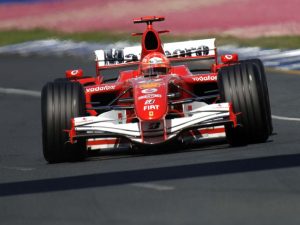
The parallels between Vodafone and Ferrari are pretty obvious, both technologically advanced, leaders in their fields, fast, powerful, aspirational and of course red; so when in 2001 the then Vodafone Chief Executive Chris Gent announced a sponsorship it seems a good fit.
“This is an exceptionally good deal for us, and will give us greatly enhanced brand exposure throughout the world.”
Vodafone had a customer base of 83 million people world-wide, which spanned five continents and 29 countries. It had big plans to become one of the world’s top brands. Formula One offered Vodafone high profile exposure in a sport that commanded a world-wide television audience of 360 million people for each race.
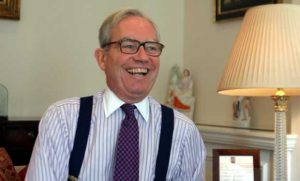 “We are the world’s leading mobile telecoms company and it is our objective for Vodafone to be recognised as one of the leading global brands.” said Sir Chris Gent. “I am confident that the sponsorship of Ferrari, with the immensely valuable media coverage that Formula One attracts, will help us towards achieving this ambition.”
“We are the world’s leading mobile telecoms company and it is our objective for Vodafone to be recognised as one of the leading global brands.” said Sir Chris Gent. “I am confident that the sponsorship of Ferrari, with the immensely valuable media coverage that Formula One attracts, will help us towards achieving this ambition.”
All of which was undoubtedly true but was only half the story; there was another reason why the Ferrari deal was so right for Vodafone.
At the end of the 20th Century Vodafone was indeed present in a number of countries but not always branded as Vodafone. Its stamp collection of brands included Telecel in Portugal, Europolitan in Sweden, Libertel in Netherlands, Panafon in Greece, Click in Egypt, Eircell in Ireland and most importantly in trems of scale were Omnitel in Italy and D2 in Germany; the last of these having been acquired in an audacious £178 billion ($212 billion) takeover.
Following an extensive project Sir Chris Gent had announced in 2000 that all these brands would transition to the Vodafone brand.
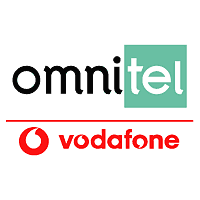 Two of the biggest internal stumbling blocks to the initial plan were Omnitel and D2. Omnitel had been a fantastically successful brand in Italy and indeed was as strong, if not stronger, there than Vodafone was in the UK at the time. Omnitel was however closely linked with the colour green, which featured in its logo. The management at D2 were still a bit amazed and reluctant to admit that their successful German company had been taken over by this British upstart and were proving resistant to the proposed change.
Two of the biggest internal stumbling blocks to the initial plan were Omnitel and D2. Omnitel had been a fantastically successful brand in Italy and indeed was as strong, if not stronger, there than Vodafone was in the UK at the time. Omnitel was however closely linked with the colour green, which featured in its logo. The management at D2 were still a bit amazed and reluctant to admit that their successful German company had been taken over by this British upstart and were proving resistant to the proposed change.
Behind the scenes, new flagship initiatives were being discussed that would help cement the brand migrations and soothe the agitated subsidiaries’ management teams; a major global sponsorship was suggested.
Suddenly the proverbial light-bulb went off and Terry Barwick, the then Corporate Affairs Director was send on a mission – get Ferrari at all costs. Luckily he had a combined brand budget and a blank cheque!
Why Ferrari? – yes, they were successful, leaders, global, technologically advanced all the things Sir Chris gent talked about publically but just as importantly they were Red and Italian. It was perfect reason to help persuade the Italian team at Omnitel to see red. What’s more Ferrari’s lead driver at the time was none other than world champion Michael Schumacher who was, of course, German and more than acceptable for D2.
Terry Barwick did the deal, the sponsorship was duly announced and warmly received in the UK, in Italy and in Germany.
The moral is that brand migrations need to take not just customers but employees with them on the journey. If you are planning a brand migration keep asking yourself ‘what’s in it for them?’ both for your customers but also for your employees

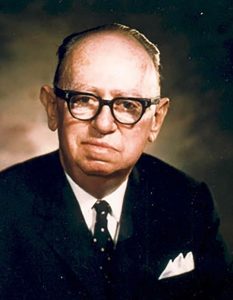 As Leo Burnett later explained in Stephen R. Fox’s ‘The Mirror Makers’ “My associates and I saw the opportunity to offer a creative service badly needed in the Middle West. I sold my house, hocked all my insurance, and took a dive off the end of a springboard.”
As Leo Burnett later explained in Stephen R. Fox’s ‘The Mirror Makers’ “My associates and I saw the opportunity to offer a creative service badly needed in the Middle West. I sold my house, hocked all my insurance, and took a dive off the end of a springboard.”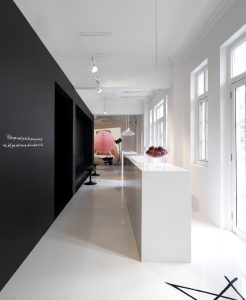 Today and every day if you visit a Leo Burnett agency you will still see in reception, sitting in pride of place, a welcoming bowl of apples.
Today and every day if you visit a Leo Burnett agency you will still see in reception, sitting in pride of place, a welcoming bowl of apples.